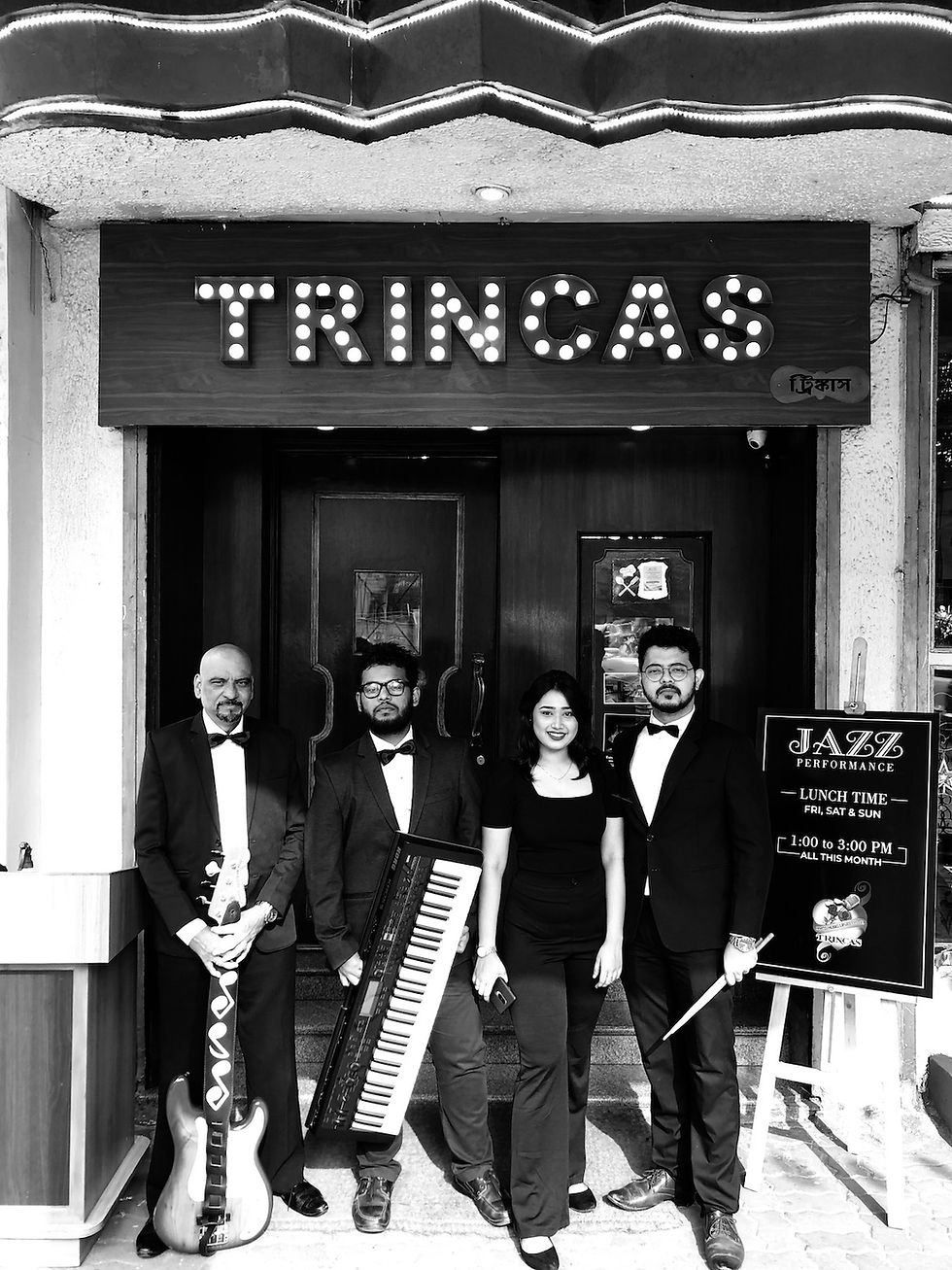The Magic of Time and Film
- Anand Puri
- Nov 22, 2020
- 2 min read
Updated: Feb 19, 2021
In 1952, a film, Do Bigha Zamin, was shot in Calcutta. It was the first film to win the Filmfare Awards and the second Indian film to win the International Prize at Cannes.
The movie, which drew it’s name from a Tagore poem, was directed by Bimal Roy and gave Meena Kumari her maiden guest appearance. In the picture below, Balraj Sahni (turban and dhoti) plays the lead role of a poor farmer-turned-rickshaw puller.

This rare picture from 1951/52 shows the establishment “C. Trinca Ltd” on Park Street. A confectionery and tea room at the time, Trinca’s had been running under Cinzio Trinca since 1939 when he split with partner Joseph Flury and moved across the street.
In the picture, the columned promenade is shaded from the afternoon sun by roll-down canvases. A Kodak store nestles next to Trinca’s; it would have been selling the newest, most exciting analog cameras on the market at the time, and developing precious black & white photographs. Some places specialize in preserving memories for future generations.
There is no hulking hotel looming over the tea room, and no tall buildings anywhere in the background. Calcutta of the early ‘50s wears it’s horizon low and it’s streets open to big skies.
Fast forward 70-odd years to 2020: an orange sickle moon etches itself onto a blackboard Kolkata sky, hanging between an old Calcutta manse on Park Street and a columnar building called The 42 - dark silhouettes and a perfect cinematic symbol. The November air has the softest chill to it, adding just the right amount of shiver to make everything feel otherworldly. Movie scenes flash in the dark.
There’s a magic to the contrast of darkness and light and a sense of wonder for a past juxtaposed with the present – black and white films will take you there, so will pretty moons and Trincas.
Photo-find and trivia credit goes to Quizmaster Dhruv Mookerji —- This story is part of the Trincas Timeline Project - an exciting community-based memory project aimed at collecting stories, photos, and anecdotes going back almost a hundred years.
It aims to cover not just Trincas’ storied history, but also provide glimpses of ‘the Park Street Scene’ and Calcutta/Kolkata as it has evolved over the last century.
The project focuses on history, culture, music and food by connecting with patrons, musicians, celebrities and historians.
Anecdotes, photos and interviews are converted into short blog posts documenting the personal connections that so many Calcuttans past and present have with this iconic institution.
The goal is to collect a living history of sorts under one virtual roof and create a cultural treasure-house for present and future generations.




Comments